Sheet metal fabrication is the process of shaping and creating objects using thin metal sheets, which can range from simple to intricate designs. So, what is metal fabrication, and what are the considerations of custom sheet metal fabrication? The following text will look at the basics of sheet metal fabrication, including the various processes used. Each has its advantages and applications that are important to understand.
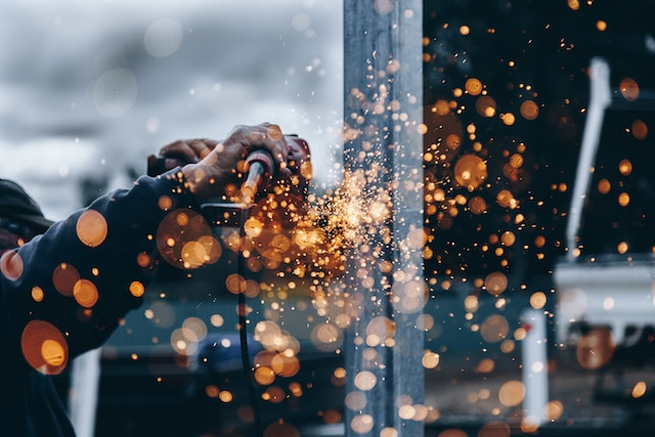
Sheet metal fabricating involves the transformation of flat steel or aluminum sheets into metal structures or products using techniques such as cutting, punching, folding, and assembling. This process allows sheet metal to be cut, bent, or stretched into various shapes by employing cutting and burning methods.
The fabrication metal process can utilize specialized tools like band saws and chop saws, ensuring uniform cutting throughout the entire process. Cutting torches, on the other hand, enable the effortless cutting of large sections of sheet metal.
Press brakes play a significant role in sheet metal fabrication by facilitating the creation of sharp bends and angles in the metal. Different press brake types are available, each serving specific purposes and having distinct functions.
Welding is another crucial aspect of sheet metal fabrication. Once all the components are shaped, they are assembled and tack welded into position. To prevent warping and other abnormalities, a variety of welding techniques can be employed. These techniques include covering the metal with sand during the cooling process, implementing specialized straightening processes, welding in a staggered manner, and utilizing sturdy fixtures.
Defects in metal can be rectified through the application of heat using an oxy-acetylene torch, which helps eliminate any irregularities or deformities in a controlled and gradual manner.
After straightening, the metal is typically subjected to a process that involves sandblasting, priming, and painting. This final treatment enhances the appearance of the metal, ensuring it looks impeccable and is prepared for delivery to the client.
The initial step in accurate metal fabricating involves cutting the metal into flat sheets. These sheets are subsequently transformed into the desired shape using diverse techniques like stamping, bending, or welding. Lastly, the object is completed by applying a coating or surface treatment to enhance its appearance.
There are five methods commonly used for cutting materials in sheet metal fabrication processes:
Shearing
This method involves using a shearing machine to cut sheet metals. It is primarily used for preparing mold blanking and forming processes. While the cost is low and the accuracy is within 0.2mm, it can only process straight strips or blocks without holes or angled cuts.
Stamping
Stamping involves using a punch to transform the plate into various shapes and parts through one or multiple steps. It offers advantages such as short production time, high efficiency, high precision, and cost-effectiveness. However, it requires the design and use of molds.
CNC Cutting
CNC Flame Cutting and CNC Plasma Cutting are two commonly used methods in sheet metal fabrication. They are suitable for processing complex shapes and small-batch production.
Water Jet Cutting
Water jet cutting is capable of cutting materials into any desired shape without producing a heat-affected zone. It is particularly useful for processing materials that cannot withstand heat treatment.
Laser Cutting
Laser cutting employs laser technology to cut out precise structures and shapes from large metal plates. Similar to CNC cutting, laser cutting requires the creation of a laser program. It offers high accuracy, with a tolerance of 0.1mm, but is relatively expensive.
Sawing
Sawing is predominantly used for cutting materials such as aluminum, square tubes, drawing tubes, and round bars. While it has a lower cost, the precision achieved is not as high.
Punching is an essential technique in sheet metal custom fabrication involving punches to create holes or shape the metal. This can be achieved through various tools such as automatic punches, hand punches, or CNC machines.
There are three categories of punching methods:
Blank Punching
This method involves using a punch to cut out circular or irregular blanks from the metal sheet.
Die Punching
By utilizing a die, this technique allows for cutting different shapes from the metal sheet.
Progressive Die Punching
With a progressive die, multiple shapes can be cut consecutively from the metal sheet.
Broaching is a technique used in sheet metal fabrication to create a smaller base hole within a slightly larger hole, followed by tapping. This method is commonly employed in thin plate metal processing to enhance its strength and increase the number of threads.
In cases where the plate thickness exceeds a certain threshold, such as 2.0mm or 2.5mm, the metal plate can be directly tapped instead of resorting to the broaching method.
Rivets such as riveting nuts, screws, or loose rivets are utilized. The process involves hydraulic riveting machines or punches. It is important to be mindful of the orientation of the riveting nuts when attaching them to sheet metal components.
Sheet metal bending encompasses the folding of 2D flat pieces into 3D parts through bending. This process involves the use of a bending bed and bending molds to achieve the desired outcome. It is crucial to follow a specific bending order and sequence.
In most cases, press riveting is performed before bending. However, there may be instances where certain special sheet metal parts require a reversed order.
Sheet metal bending entails shaping and angling the sheet metal as required by the design specifications. The primary equipment used for bending is the bending machine. The following outlines the typical process of sheet metal bending:
1. Positioning
Secure the sheet metal material on the workbench of the bending machine, ensuring precise placement using measuring tools to establish accurate positioning.
2. Adjustment
Modify the clamping force, bending force, and bending angle of the bending machine to align with the specifications indicated in the drawing or design requirements.
3. Bending
Guide the sheet metal material to the bending section of the machine and initiate the bending process. Exercise caution in controlling the bending speed and angle to achieve the desired outcome.
4. Inspection
Thoroughly examine each bend to verify if the bending angle and dimensions meet the specified requirements.
5. Fine-tuning
If necessary, make any necessary adjustments to the bending machine parameters to achieve precise angles and dimensions.
6. Finalization
Once all the bending processes are complete, remove the bent parts from the machine and perform essential cleaning and inspection procedures to ensure quality and accuracy.
Welding plays a crucial role in sheet metal fabrication as it involves joining multiple parts or welding the edges of a single part to enhance its strength. Various welding methods are utilized for sheet metal, including TIG welding, MIG/MAG welding, gas-shielded welding, laser welding, and more.
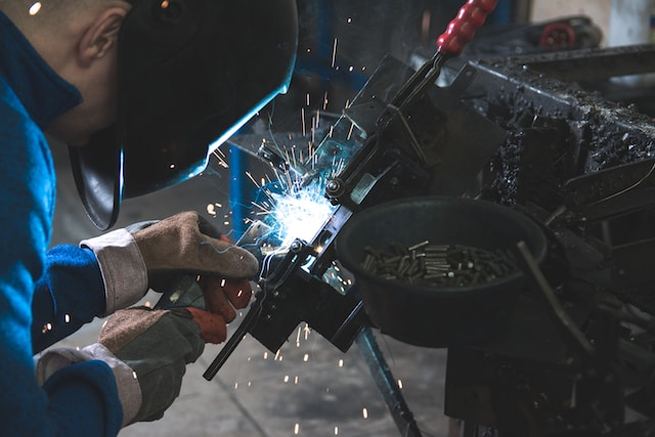
Following the welding processes, it is necessary to polish the surface using emery cloth to ensure a smooth and impeccable appearance. The final product should be free from any rough edges, welding slag, welding spots, burrs, or imperfections. The weld should be clean, seamless, and polished to a smooth finish.
Once the sheet metal parts have undergone processing, it is essential to perform surface treatment to provide protection and improve the appearance and durability of the workpiece.
Selecting the appropriate material is crucial in the fabrication process as it significantly influences the quality, longevity, and functionality of the end product. With a diverse selection of materials to choose from, each possessing distinctive properties and advantages, the task of selecting the appropriate material can be challenging. This section aims to provide valuable insights into the most commonly used materials for manufacturing metal parts.
There are multiple options when it comes to stainless steel, including austenitic stainless steel. These non-magnetic metals have high levels of nickel and chromium, making them highly resistant to corrosion and easily formable. Ferritic stainless steel, in contrast, is magnetic and is preferred for non-structural or decorative applications. Martensitic stainless steel provides strength and corrosion resistance.
This type of steel is produced through a series of rolling processes at temperatures exceeding 1700 degrees Fahrenheit. It offers flexibility, allowing easy formation of large pieces.
Primarily utilized for electroplating and painted components, this material offers advantages such as low cost and ease of shaping. It is suitable for thicknesses up to 3.2mm and exhibits high strength. However, it is worth noting that it may lack toughness and weldability while being relatively hard and brittle. Additionally, it boasts a visually appealing, bright surface, which minimizes the need for extensive surface finishing on the final product.
Coated with a protective layer, galvanized steel is resistant to rust and corrosion. Its enhanced ductility enables it to be effectively utilized in a variety of sheet metal processing techniques.
Aluminum is widely favored in the manufacturing industry, thanks to its impressive strength-to-weight ratio. It possesses numerous characteristics that enable it to meet a wide range of application requirements.
Brass is a copper-zinc alloy known for its resistance to corrosion in both air and water. It exhibits excellent deformability under stress and offers high strength, along with favorable machinability properties.
Copper is commonly used to create a variety of products, such as sinks, roofs, rain gutters, and doors. Unlike aluminum, copper has superior electrical and thermal conductivity, although it tends to be more costly.
Carbon steel finds widespread application in both industrial and consumer markets for a diverse range of products. This steel alloy, containing carbon as a key component, exhibits enhanced hardness and strength when subjected to heat treatment.
Easily build your Metal Fabrication Project with the right material online now!

Cost-effectiveness
Sheet metal fabrication offers a cost-effective approach to producing metal parts. The process is relatively straightforward and does not necessitate the use of expensive tools or machinery.
High Strength
Sheet metal fabrication enables the creation of parts that possess exceptional strength. The fabrication process establishes a robust bond between the layers of metal, resulting in the production of a sturdy and durable final product.
Durability
Sheet metal fabrication facilitates the production of parts that exhibit remarkable durability. The bond formed between the layers of metal during the fabrication process enhances the overall strength and longevity of the finished product.
Lightweight Parts
Sheet metal is commonly utilized for manufacturing lightweight and durable parts. This characteristic greatly improves the ease of transportation and utilization of such components.
Efficient Production
Sheet metal fabrication offers a rapid method for manufacturing metal parts. The process is relatively uncomplicated and can be completed swiftly, ensuring efficient production turnaround times.
Various industries heavily depend on sheet metal fabrication, whether it is for structural applications, decorative features, or as functional components incorporated into other products. Now, let's delve deeper into the wide range of common scenarios where sheet metal fabrication finds its extensive utilization.
Kiosks, Vending Machines & Enclosures
Vending machines and kiosks play a crucial role in generating substantial revenue for customer-facing businesses like gyms and leisure centers. Therefore, great care must be taken in their construction. Building these machines requires the use of numerous individual components, making sheet metal fabrication an essential process in their manufacturing.
Construction & Security
The construction and security sectors rely on sheet metal fabrication for products such as security doors, guard rails, security grills, and specially tailored security enclosures.

Retail
The retail industry utilizes sheet metal fabrication to create visually appealing merchandise displays and product showcases. Various retail clients, spaces, and shops benefit from the production of an array of retail display units, including bar displays, retail display cubes, portable displays, and point-of-sale stands. These products need to be both visually striking and highly functional.
Science, Medical & Food
The scientific, medical, and food industries extensively employ sheet metal fabrication to manufacture products used in commercial and industrial kitchens. This includes worktop surfaces, storage units, and sinks. In the food production and preparation fields, stainless steel is often the material of choice for its hygienic properties.
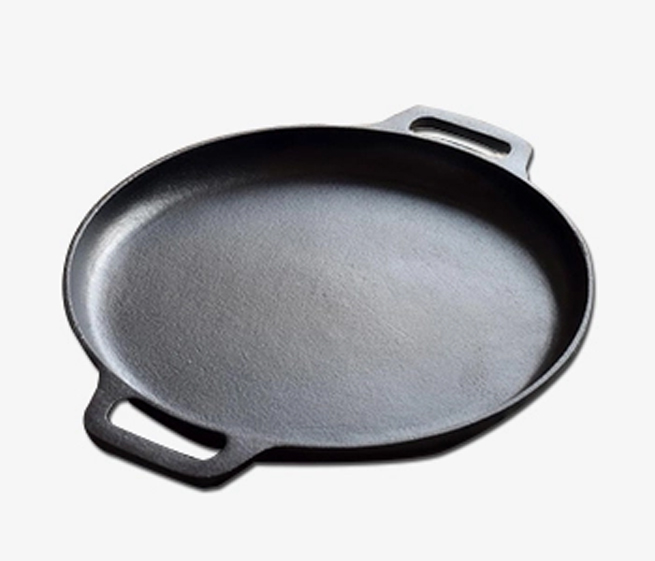
Transportation
The transportation sector relies on an extensive range of metal-fabricated products. For instance, in emergency vehicles, sheet metal fabrication is crucial for constructing glove-box enclosures, side steps, door-handle mounts, and steel surrounds for tail-lift doors. These fabricated components contribute to the overall functionality and durability of vehicles.
Choosing the appropriate surface finishing plays a vital role in elevating the appearance, durability, and functionality of the end product. Whether your goal is to enhance the visual appeal or optimize the performance, having a comprehensive understanding of the available metal surface finishing options is crucial in attaining your desired outcomes. Some of the available surface finishing options for sheet metal include:
Sand Blasting
Through the high-speed projection of sand or abrasives onto the sheet metal, a matte texture is achieved, which serves to prepare the surface for subsequent coating applications. This process facilitates the effective adhesion of coatings and promotes overall durability.
Buff Polishing
By utilizing a cloth wheel, the metal surface undergoes buffing, leading to the creation of a visually appealing, glossy appearance. This technique enhances the aesthetic quality of the sheet metal, making it suitable for applications where an attractive finish is desired.
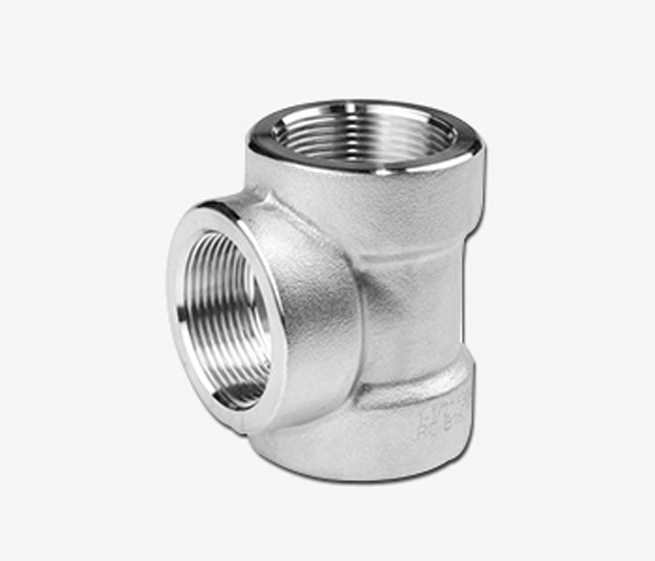
Powder Coating
This method involves the application of powdered paint directly onto the metal component. Subsequently, the part is baked in an oven, enabling the powder to melt and form a robust coating that exhibits outstanding resistance to wear and tear. Powder coating provides enhanced protection to the sheet metal, ensuring its longevity.
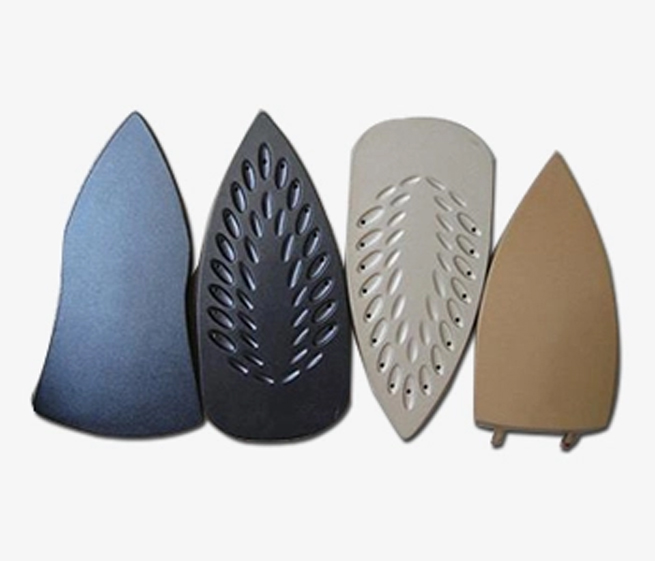
Electroless Nickel Plating
Electroless Nickel Plating is a highly effective sheet metal fabrication technique that involves the application of a uniform layer of nickel coating onto various surfaces, regardless of their irregularities. This process offers exceptional protection against corrosion, oxidation, and wear, ensuring the longevity and durability of the finished part. Additionally, the electroless nickel plating results in a visually enhanced appearance, providing a brighter and more aesthetically appealing final product.
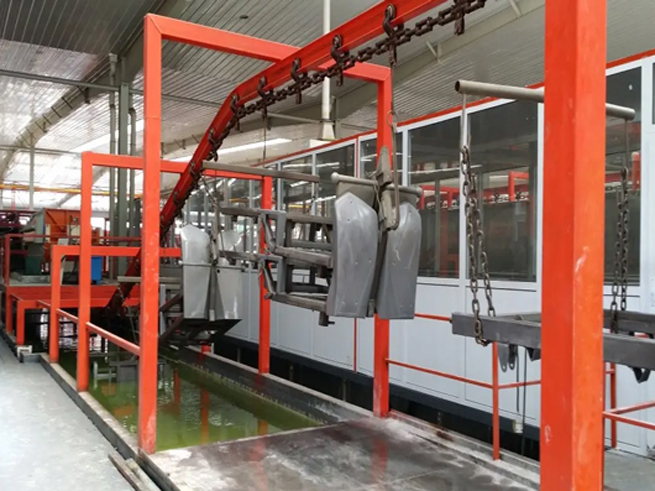
Anodizing
This specialized treatment elevates the sheet metal's ability to withstand the adverse effects of rust formation. Additionally, anodizing enhances the overall hardness and durability of the metal surface, making it an ideal option for applications where corrosion resistance is crucial.
When utilizing online metal fabrication services, it is essential to consider various factors:
Wall Thickness
The careful selection of an appropriate sheet metal thickness is of utmost importance as it directly impacts the structural integrity of the fabricated part. Achieving the right balance between weight and ease of fabrication is crucial to ensure optimal performance.
Holes
Prudent deliberation should be given to the size and placement of holes within the sheet metal design. Consideration of their intended purpose, such as providing space for fasteners or hinges, is necessary to ensure functionality and proper assembly.
Edges
The edges of the sheet metal component play a critical role in withstanding and distributing applied loads. The edges need to possess sufficient strength and durability. Furthermore, aesthetic considerations should be taken into account, as the appearance of the edges contributes to the overall visual appeal of the final product.
Bend Radius
Careful evaluation of the minimum radius at which the sheet metal can be bent without fracturing is essential. A feasible bend radius allows for effective fabrication processes, ensuring that the part retains its desired integrity during forming operations.
Sheet metal fabrication requires both technical knowledge and artistic skills. Its wide range of intricate techniques and details highlights the importance of entrusting each project to a skilled metal fabricator. While having a basic understanding of sheet metal design is helpful, it is advisable to let a professional service handle the complex aspects of the fabrication process.
Get the best online sheet metal fabrication service at Richconn!
Fast & Efficient Online Quoting
Richconn offers a prompt quote service that enables you to swiftly and effortlessly obtain a quote for your sheet metal fabrication requirements. This time-saving feature simplifies the process of initiating your projects. You can easily configure crucial part specifications, such as material selection and finishing options, to align with your specific needs.
Reliable Timely Delivery
As dedicated industrial sheet metal fabricators, Richonn gets your orders delivered on schedule, guaranteeing that you receive your products precisely when you need them. Our dependable delivery service aims to minimize any potential production delays, providing you with peace of mind.
Cost-effective Pricing
Richconn strives to offer competitive sheet metal prices for our top-quality sheet metal fabrication services. This allows you to optimize your budget and attain the desired outcomes for your projects, all while benefiting from a cost-effective solution.
Sheet Metal Technical Expertise
Collaborate with Richconn Team of skilled engineering experts who possess extensive technical knowledge in custom metal fabrication online. They can guide you through the design process by offering valuable insights on manufacturability and identifying cost-saving opportunities. With Richconn’s expertise, you can create efficient and cost-effective solutions tailored to your specific requirements.
Sheet metal fabrication offers an excellent solution for the production of lightweight, cost-effective, and robust parts. The process itself is relatively straightforward, allowing for quick completion. With its versatility, sheet metal fabrication is widely utilized across various industries, making it a versatile choice for your upcoming project.
We hope this article has provided you with valuable insights into the concept and applications of sheet metal fabrication and has assisted you in finding suitable fabricators for your specific needs. If you have any further inquiries, please don't hesitate to reach out to Richconn. We are more than willing to assist you. Thank you for taking the time to read this post!

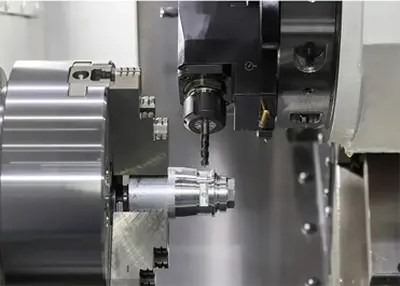 Precautions for Using CNC TurningApril 25, 2023Turning is a cutting method that uses the rotation of the workpiece relative to the tool on a lathe to perform cutting operations. CNC turning allows the workpiece rather than the tool to provide most...view
Precautions for Using CNC TurningApril 25, 2023Turning is a cutting method that uses the rotation of the workpiece relative to the tool on a lathe to perform cutting operations. CNC turning allows the workpiece rather than the tool to provide most...view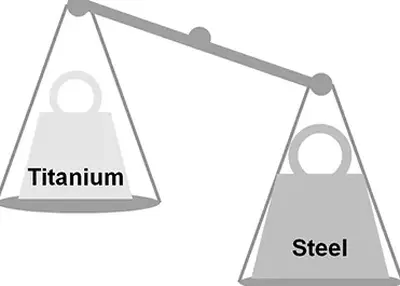 Titanium vs Stainless Steel: Choosing the Right Material for Your MachiningNovember 24, 2023Understand the differences between titanium and stainless steel and choose the best material for CNC machining.view
Titanium vs Stainless Steel: Choosing the Right Material for Your MachiningNovember 24, 2023Understand the differences between titanium and stainless steel and choose the best material for CNC machining.view Introduction to CNC MachiningNovember 23, 2023Boring is a very widely used process that involves drilling, reaming, boring, reaming and internal surface broaching tools. Compared to other machining, boring is a difficult process.view
Introduction to CNC MachiningNovember 23, 2023Boring is a very widely used process that involves drilling, reaming, boring, reaming and internal surface broaching tools. Compared to other machining, boring is a difficult process.view All You Need to Know About the Significance and Methods of Limit Fit for CNC PartsJuly 23, 2024This article will explore the significance, methods, and processes of achieving limit fit for CNC parts in modern manufacturing, ensuring precision and quality.view
All You Need to Know About the Significance and Methods of Limit Fit for CNC PartsJuly 23, 2024This article will explore the significance, methods, and processes of achieving limit fit for CNC parts in modern manufacturing, ensuring precision and quality.view Metal Gears vs Plastic Gears: Which Is the Better Option for Your Project?June 28, 2024What are the differences between metal gears and plastic gears? Which is the better option for your project? Let’s find the answers with the help of this article!view
Metal Gears vs Plastic Gears: Which Is the Better Option for Your Project?June 28, 2024What are the differences between metal gears and plastic gears? Which is the better option for your project? Let’s find the answers with the help of this article!view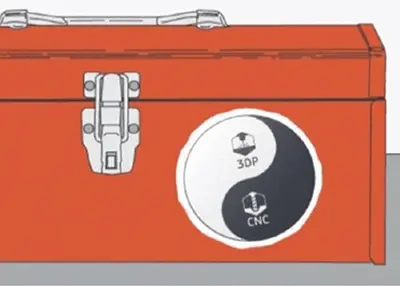 CNC Machining and 3D Printing for Metal PartsOctober 18, 2023Are you designing metal parts? When you add metal CNC machining and 3D printing to your repertoire of manufacturing tools, you're not just more flexible when it comes to part design. You can also source them in less time and at a lower cost than ever before.view
CNC Machining and 3D Printing for Metal PartsOctober 18, 2023Are you designing metal parts? When you add metal CNC machining and 3D printing to your repertoire of manufacturing tools, you're not just more flexible when it comes to part design. You can also source them in less time and at a lower cost than ever before.view